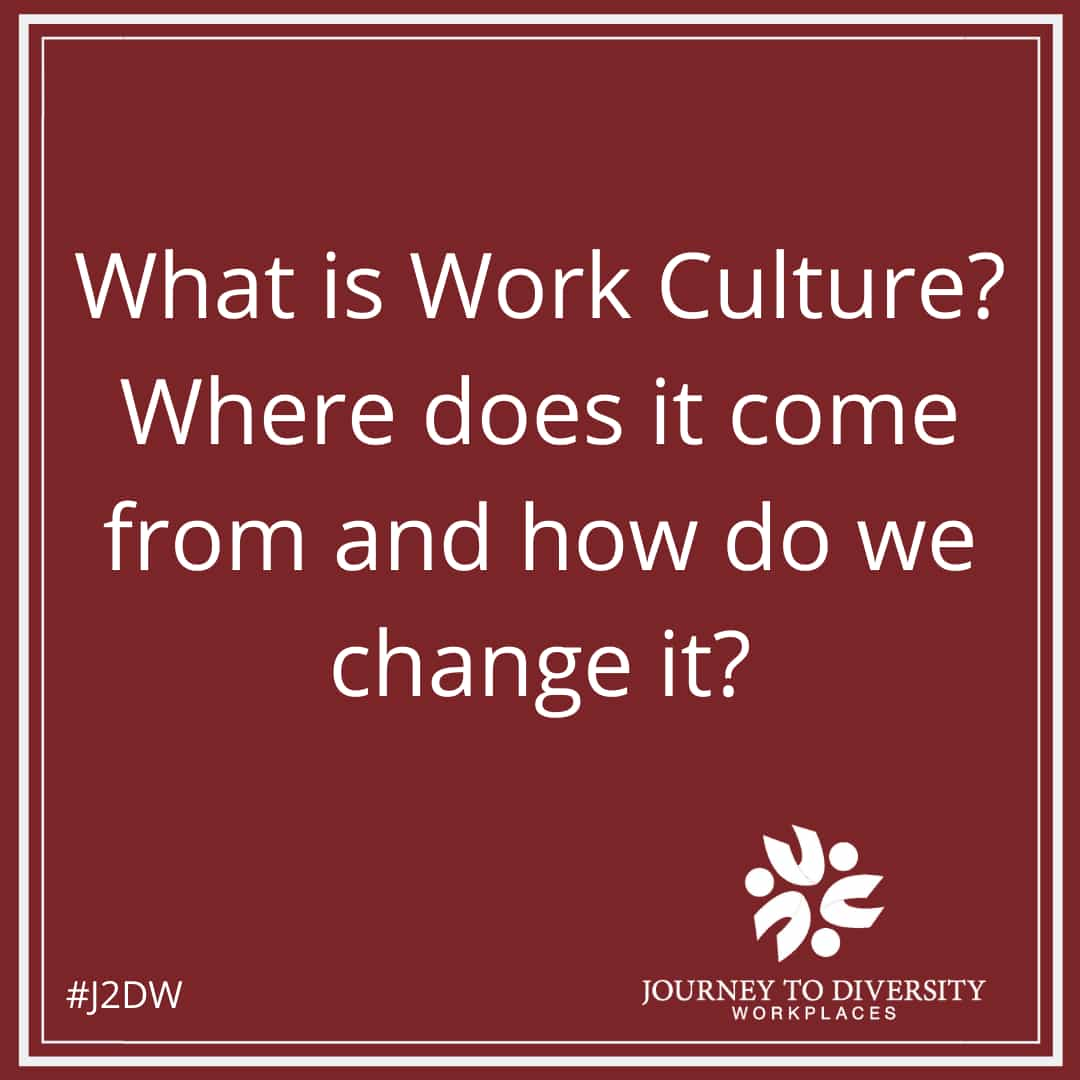There are few topics as broad, or fundamental as culture. Most of us only recognize the dimensions of our culture when we begin to compare our way of life to that of another. Workplace culture is built of all the customs, habits, traditions, values, skills, beliefs, and knowledge of the people included in the company. (Nelson, Quick, Armstrong, Roubecas, Condie, 2021) It affects everything that happens, every action taken, and is shaped by every person that is included. Culture regulates behavior through norms and values, and in so defines the character of a company. (Nelson, 2021)
To get culture right it is crucial to have an idea of what it should look like and a plan for its formation before the start of an enterprise. Defining what is desirable and undesirable behavior is necessary to guide staff toward business objectives in the best way. An inclusive and supportive culture leads to satisfied employees and can enforce those values into employee behavior. (Nelson, 2021) The same applies for a competitive or aggressive culture; its employees will work hard to achieve results but may focus less on their soft skills. (Nelson, 2021) When the values of the culture are the same as the values of its employees, it provides a sense of identity and motivates them to higher levels of achievement.
There are three different parts that compose the culture of an organization. There is the structural system consisting of policies, management processes, and plans. (Nelson, 2021) This structural culture of the organization is crafted by its leaders. It also includes objectives, the authority hierarchy, reward systems, recruitment, and training methods. (Nelson, 2021) As a result, the structural systems produce formal norms, traditions, values, and knowledge. Then there are expressive systems which are created by organizational history, the business environment, and society itself. (Nelson, 2021) These systems propagate the blueprint for how meanings, values, and beliefs are espoused within the organization. (Nelson, 2021) Finally, there are the individuals within the organization. Each person brings their own beliefs and personalities into the mix that shape the culture of the group.
Depending on the unique composition of a culture it can bring strengths or weaknesses that can make or break an organization. An outcome of the behavior controlling nature of culture, is that it can influence employees to be competitive, support creative thinking, demand punctuality, or signal how important it is to follow the policies of the organization. (Nelson, 2021) A culture that promotes open communication can reduce conflict or encourage relationship building, which in turn may increase productivity and improve employee satisfaction or stability within the workplace. (Nelson, 2021) In the inverse perspective, culture can lead to a variety of significant problems. A weak culture (which is one that can easily change from day to day) can result in instability that is stressful to some. (Nelson, 2021) A culture that is too strong may be resistant to change and prevent the development and adaptation that is critical for survival. (Nelson, 2021) It is also possible for a culture to walk astray from its founding values. If bad behavior is left unchecked, it can lead to its promotion as employees may interpret lack of punishment as a green light. (Nelson, 2021) Culture is a big attraction for the modern job seeker and having a misalignment between ideals and reality can lead to job dissatisfaction quite quickly.
It all starts with an idea. When an entrepreneur or founding party chooses their business, the environment that it operates within defines the first set of rules with its historical expectations. From there the values and beliefs of the founders are poured into the organization’s structure giving the second layer of culture. Jeff Bezos, founder of Amazon, once said “Our culture is friendly and intense, but if push comes to shove we’ll settle for intense”. (Nelson, 2021) The third layer comes as the structural systems of policy and plans are laid out by the founders. By now the expressive systems of beliefs and behaviors will have formed naturally in the process of the founders working together and will evolve as others are added to the organization. (Nelson, 2021) The culture will follow the personality of the CEO in a smaller organization but as it grows it will dilute to include the influences of other directors and members.
There are five points of attention that communicate the desired culture lying in the behavior of leadership. These include what leadership pays attention to, how they react to crises, how they behave, how they give out rewards and how they hire and fire. (Nelson, 2021)
What leaders pay attention to is one of the most obvious clues to what is most important within the organization. They will have a certain set of behaviors, metrics, or objectives they need to monitor. Employees will be aware of what their boss cares about and take direction from observations. (Nelson, 2021)
How leaders react to crises can reveal a mismatch between proposed values and real values within the organizational culture. (Nelson, 2021) Imagine a company that says that it cares about its employees but doesn’t hesitate to introduce layoffs in a touch of hard times. Employees will pick up on this and share the story of what happened revealing the true nature of the organization for a long time. How leaders behave is often replicated by employees and will reveal what is acceptable behavior. (Nelson, 2021) If a manager tends to swear or complain about certain customers, it sends a signal about perceptions and beliefs within the organization. (Nelson, 2021) Bosses are often tasked with being role-models and coaches, so it is no wonder that their actions can be interpreted as accepted norms.
How leaders distribute rewards must be on message with the intended values of the organization to ensure that employees’ perceptions of company values are the same. (Nelson, 2021) Rewarding staff for performance when espousing the value of tenure shows the true values of directors and CEOs.
How leaders hire and fire employees defines the culture in some of the starkest terms. The decision to fire or not to fire an individual for failure to perform or for unethical behavior communicates values of the company and will reinforce that culture by the impression formed by employees. (Nelson, 2021) Notably, when hiring, leaders often look for those who share similar beliefs to promote the desired culture in the organization. (Nelson, 2021)
Workplace culture is constantly changing. Through the shifting of society to the changing of the work team, it is always stepping forwards and back and side to side. Controlling the change is another matter entirely, as the myriad of factors that compose a culture are often invisible except in certain situations. Part of what makes up a culture is often unconscious as we can be unaware of our attitudes and beliefs, and this can make grappling with it a challenge. (Nelson, 2021)
Cultural intervention is a strategy wherein the leadership will review all communications, past and present, to make changes that reflect the new values they are trying to promote. (Nelson, 2021) After a period to allow staff to adopt the new values they will remove employees who do not keep up and hire new ones, with the hopes they will take to the proposed values. (Nelson, 2021) Changing culture takes time and requires constant effort on the behalf of management.
Citations
Organizational Behavior (2021). Nelson, Quick, Roubecas, Condie, Armstrong
This essay was written by summer student Adam Best and edited by summer student Hannah Mastin. This article was funded by the Government of Canada.






